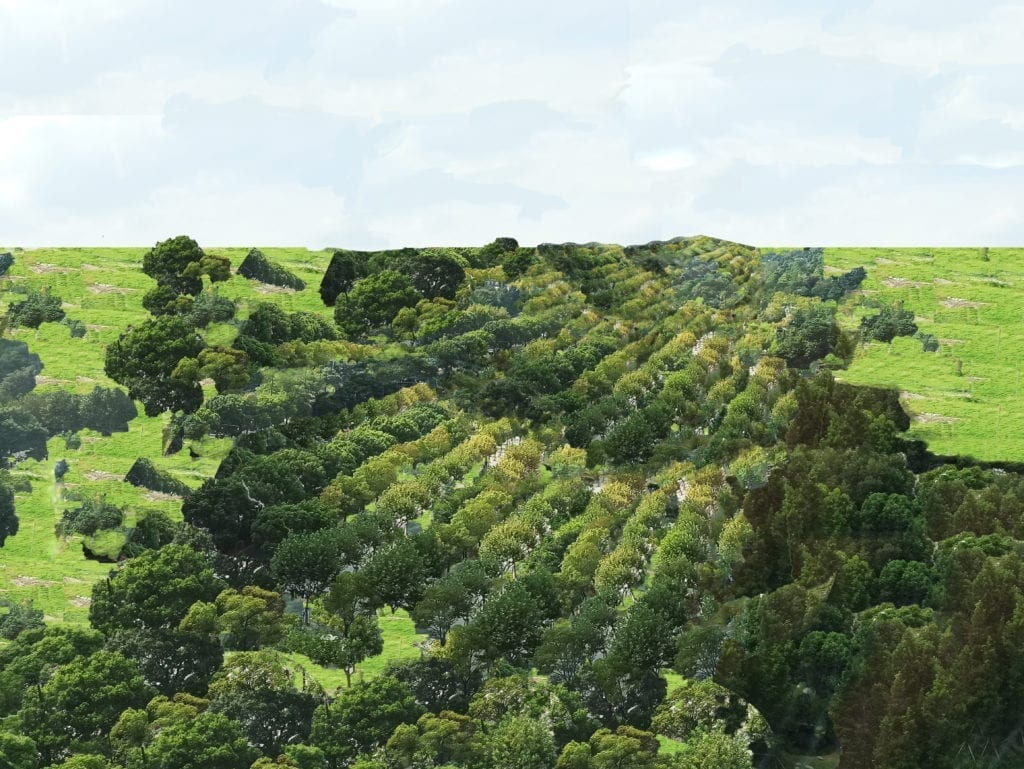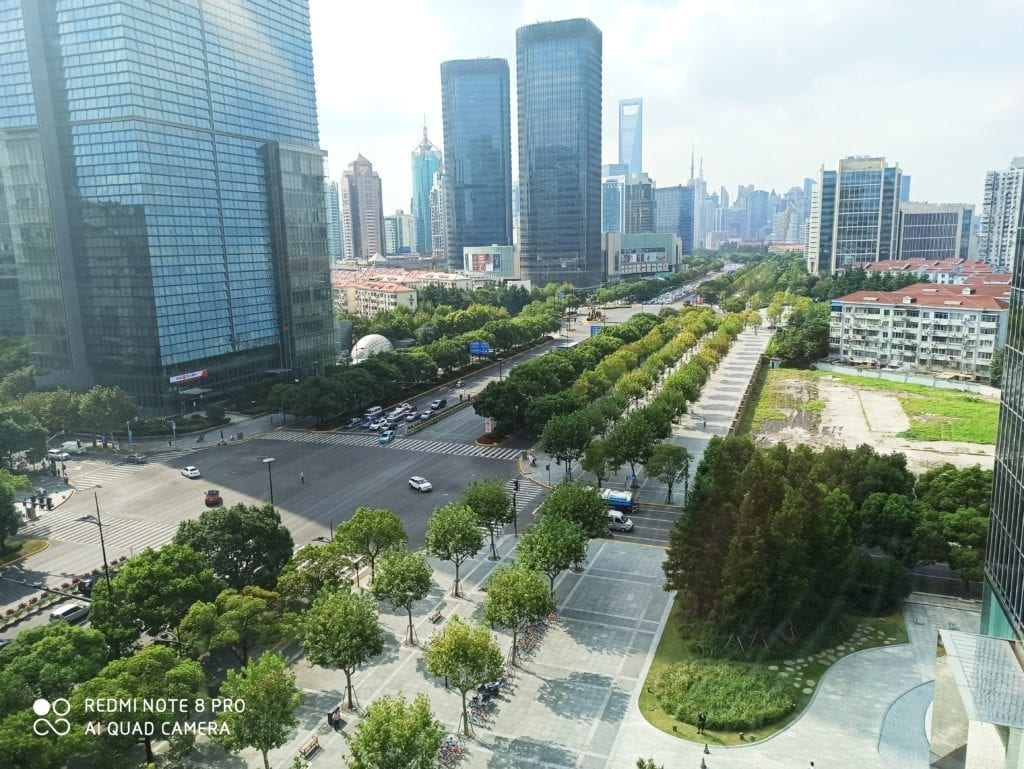For the assignment I decided to watch both the 2 hour long Day 1 Keynote of the Oculus Connect 6 and its 15 mins summary. After seeing both, I can assure the rest of the class, who only saw the short version, that they didn’t miss out on much.
In their opening speech, Oculus presented an overwhelming list of new features, updates and projects launching either by the end of this year, or by the beginning of 2020. With the motto
“VR is happening now”, it seemed more than ready to reassure its old content developers and entice the other ones to rope them over.
The shorter version is concentrated more around the new key feature points, such as the remoteless hand tracking experience (with full range of motion) on Quest since the beginning of next year; their future-oriented plan of software support on any future Oculus devices that are to come; new feature of connecting Quest to a gaming computer and launching any software designed for Rift; launching of Horizon, a social/ creative platform; partial reality that uses the scan of a room and its following reconstruction (vital in Life maps) to create a better VR/real experience; facial expression transmission, and others.
The original version was designed in a way that many speakers came in, many times repeating what has been said before, adding a new feature to it.
We were told about the Oculus’ vision of developing a neural interface, which would allow the user to put on just a wristband, which would read all of the impulses of his neural system and allow the user to interact with virtual objects while just using his mind.
His another goal is to build on the physical closeness the VR offers and improve social interaction both in VR/AR. In VR, on basic level it would be done through better access to social media, sharing of experiences, creation of events right in the VR and messaging. For VR, they also introduced a new feature of “destinations”, which should allow users to leave behind deeplings (I’m not sure now if they meant on the internet or through Life Maps, which is another project they are launching really soon), which would allow the others enter the same space, working like portals. Another big and ambitious project is the aforementioned Horizont, which is meant to become a world built from experiences by all of the users, having the ability to be organic and expand “on its own”.
In terms of AR and social life, they admitted VR has its limits. They believe to bridge this by “just enhancing” the reality through AR glasses, which will allow the user be more interactive with his surroundings, rather than cut off by a headset, allowing “synchronized shared experiences” and “deepening of relationships”.
Great part of the video was devoted to PR, reminding the audience over and over again about the qualities and visions all these new projects they are launching can offer. Many of the speakers were not directly from Oculus, but rather from the collaborators, such as top game producer companies (promoting upcoming projects like StarWars’ Vader Immortal), or businesses which see VR as a great way to progress in the future (Johnson&Jonson talked about the huge success the training of chirurg students in VR has).
Oculus also plans to launch an ISV partner program Oculus Business, that will become a platform for regular businesses all around the world, improving their performance by allowing for group trainings, distance meetings etc. One of its features is the possibility to launch multiple devices at once, with the same preset and content access rights all decided by the businesses themselves.

